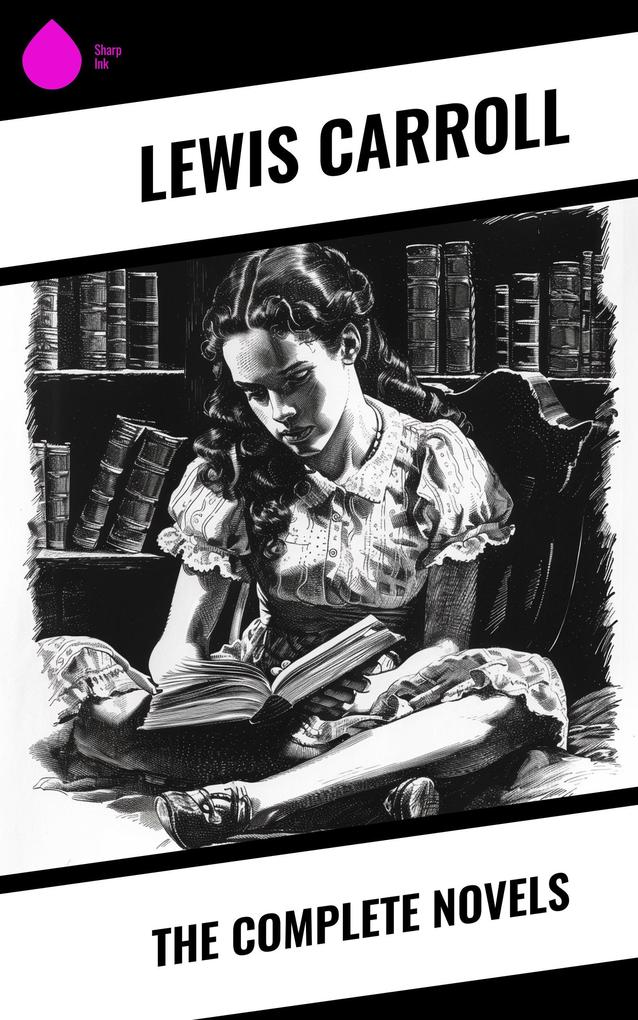Lewis Carroll's "The Complete Novels" is a compendium of the author's innovative narrative artistry, notable for its blend of whimsy and deep philosophical inquiry. This collection includes Carroll's most famous works, such as "Alice's Adventures in Wonderland" and "Through the Looking-Glass," showcasing his penchant for playful language, surreal imagery, and logical paradoxes. It reflects the Victorian era's fascination with childhood innocence while cleverly critiquing the adult world's constraints, making it a seminal text in both children's literature and literary nonsense. Carroll's unique style, characterized by vivid characters and engaging wordplay, invites readers into fantastical realms where logic is subverted and imagination reigns supreme. Charles Lutwidge Dodgson, known by his pen name Lewis Carroll, was not only a novelist but also a logician, mathematician, and photographer. His educational background in mathematics at Christ Church, Oxford, deeply influenced his writings, as evidenced by the intricate relationships between logic and fantasy in his work. Carroll's affinity for storytelling stemmed from his desire to entertain children, particularly during his adventures with the Liddell sisters, which inspired the creation of Alice and her unforgettable journeys. Carroll's "The Complete Novels" is essential reading for anyone interested in the intersections of fantasy, logic, and Victorian cultural commentary. Every chapter invites the reader to explore the delicate boundaries of reality and imagination, making it a timeless masterpiece that continues to enchant and provoke thought, appealing to audiences of all ages.












